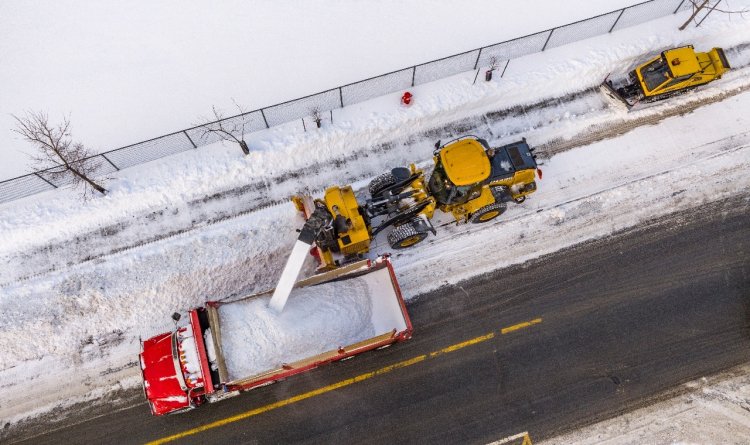Montreal snow-clearing: good for traffic, bad for environment

Hundreds of snow-clearing vehicles are deployed across the frigid Canadian city for 100 or more days each year on average, dusting the road with salt and belching emissions into the air.
The snow challenge in Montreal is colossal.
If the city's streets and sidewalks were put end to end, they would total 10,000 kilometers or the equivalent of the distance from Montreal to Beijing.
Some 3,000 employees and 2,200 vehicles go into action day and night every time it snows, helping make the streets passable.
In Montreal alone, the equivalent of 150,000 tons of salt is spread on roads and sidewalks over the winter.
The city recognizes that salt is bad for the environment, but despite ongoing research, no effective substitute has been found.
With almost two meters of snowfall in Montreal each year, the city simply cannot go without massive snow management.
Until the late 1990s, snow soiled by waste and pollution was dumped directly into the St. Lawrence River, before the practice was banned.
Some of it is now poured into snow chutes connected to the sewer system.
But the majority is stored in quarries, where the snow is piled high.
At the foot, trucks appear tiny in comparison as they dump snow, most of it looking more grey than white.
In a few months, the spring thaw will melt the snow, and waste and gravel will be separated from the water, which is treated before being discharged into the river.















